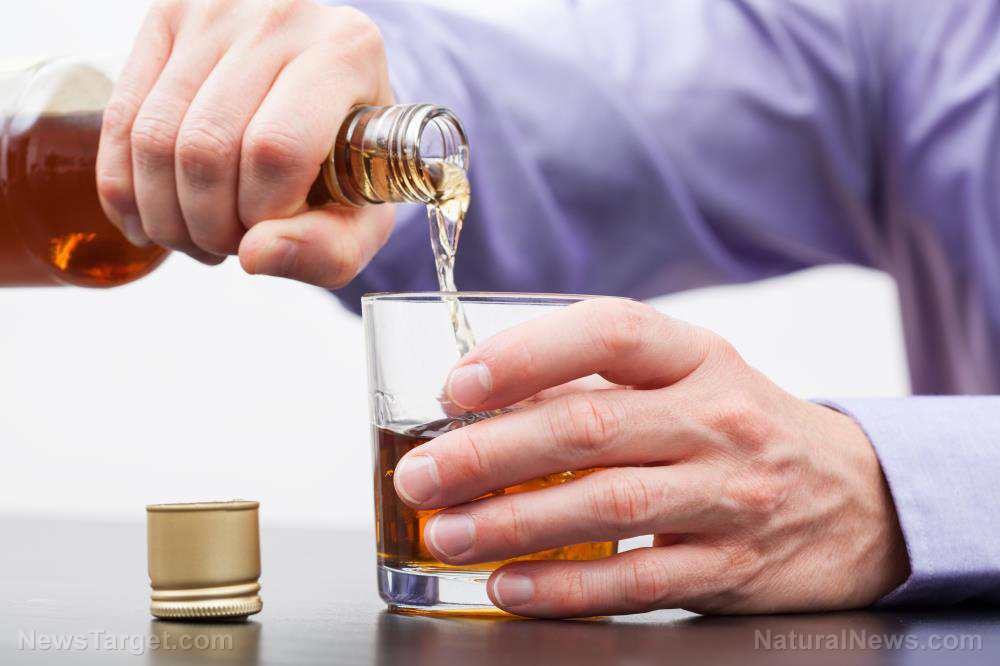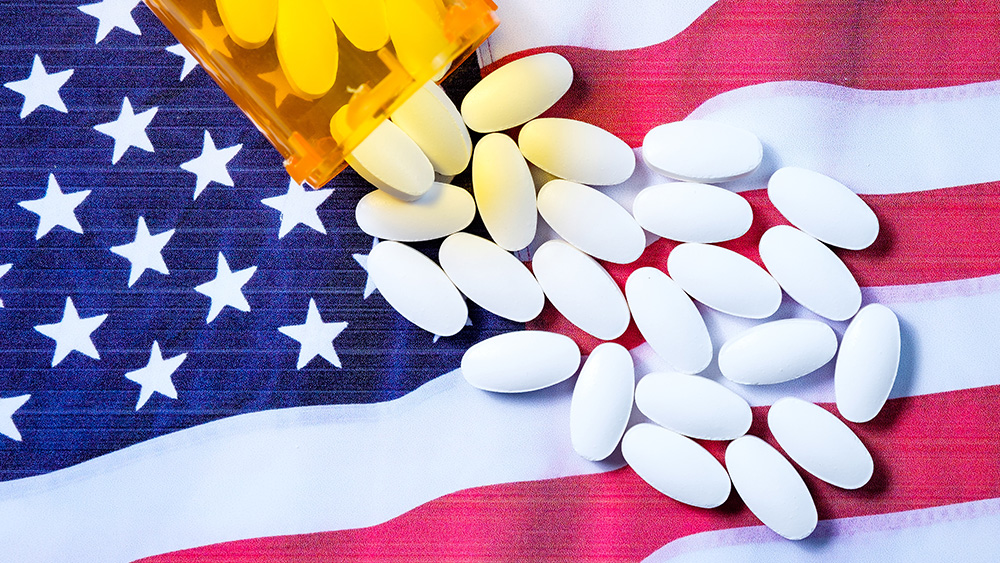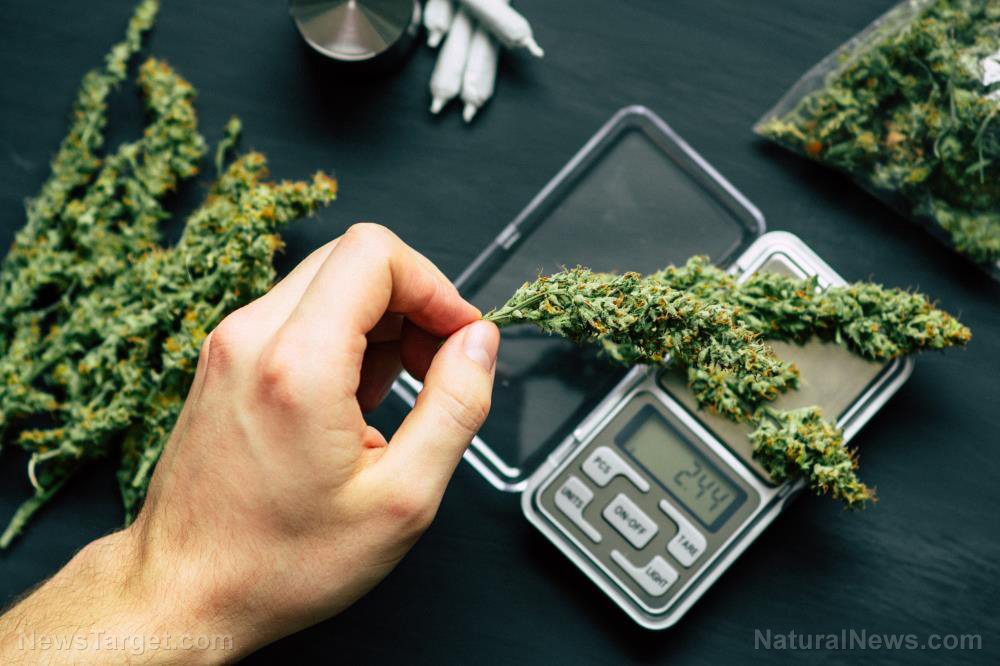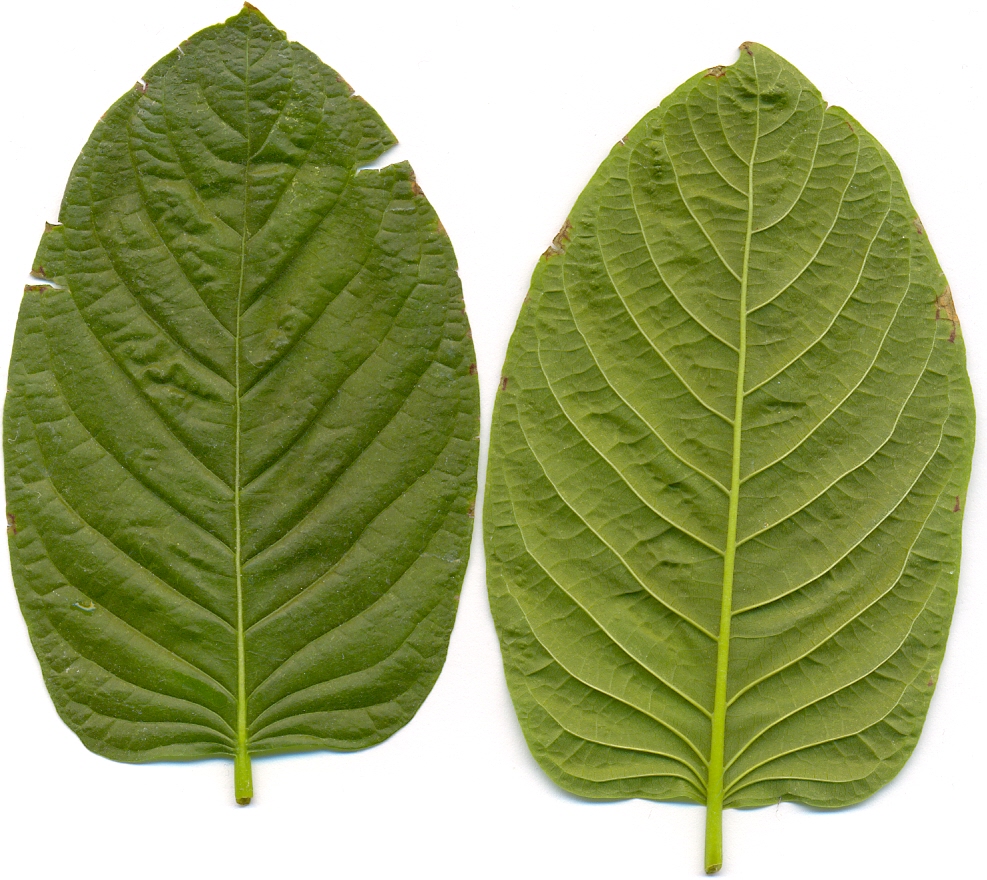Alcohol, not cannabis, is the REAL gateway drug for teens, say experts
09/27/2019 / By Lance D Johnson

Adolescence is a time of exploration, a time of forming one’s own identity. It’s also a time of impulse, confusion, and mental and physiological development. When teenagers are introduced to alcohol at a young age, they may develop a psychological attachment to the substance. At a younger age, alcohol is capable of possessing the adolescent mind and body, resulting in destructive physiological coping patterns. As the patterns take hold, the adolescent brain looks to the substance as a coping mechanism. Alcohol becomes not only a rite of social acceptance, but the loss of inhibition also provides a false sense of relief. In this, an addiction is formed, beckoning physiological addiction to more, harder substances over time.
Teens who seek alcohol in adolescence are more compelled toward illicit drug use throughout their life time
Not all drugs and illicit substances are equal in terms of danger and physical harm. A series of studies from the University of South Florida confirm that alcohol is the most dangerous gateway drug for teens, causing dependency issues and addiction into adulthood. The studies find that the younger a person starts on alcohol, the more they will leach onto other hard drugs throughout their lifetime.
Study author Adam E. Barry told Raw Story: “By delaying the onset of alcohol initiation, rates of both licit substance abuse like tobacco and illicit substance use like marijuana and other drugs will be positively affected, and they’ll hopefully go down.”
The first study, “Alcohol as a Gateway Drug: A Study of U.S. 12th Graders” finds that a vast majority of teens start with alcohol. In the study, this substance was the source of trouble for most teens and was the gateway to all other drugs, leading to more serious addictions with heroin and cocaine down the line. For many decades, cannabis has been to blame as the gateway drug. It turns out that hard drug addiction has become a more serious problem over the years because school-based substance abuse prevention programs have been focusing on the wrong culprit.
Substance abuse prevention programs should target alcohol use in adolescence before all else
The researchers believe that these school-based substance abuse prevention programs should target alcohol before any other substance. Parents and schools should educate adolescents on the dangers of alcohol being a gateway to more serious addictions. The study concludes, “The findings from this investigation support that alcohol should receive primary attention in school?based substance abuse prevention programming, as the use of other substances could be impacted by delaying or preventing alcohol use.”
The second study, “Prioritizing Alcohol Prevention: Establishing Alcohol as the Gateway Drug and Linking Age of First Drink with Illicit Drug Use” finds that alcohol is the most commonly used substance among adolescents. A majority of adolescents consume alcohol prior to tobacco or marijuana. When alcohol is introduced as early as sixth grade, adolescents are at the greatest risk of becoming a frequent illicit drug user. When alcohol is introduced at a young age, adolescents are at greater risk of using illicit substances throughout their entire life time. In most cases, tobacco and marijuana have nothing to do with serious drug addiction later in life.
Alcohol is often viewed as less harmful than tobacco and marijuana. Adolescents may have a greater level of access to alcohol because parents feel it is a safer substance to indulge in. These careless attitudes more readily contribute to drug addiction later in life. This is why parents and teachers should send a new message to the young that alcohol is the most dangerous gateway drug. Furthermore, drug abuse resistance education should differentiate between the abuse potential of substances like cannabis and alcohol, and discuss the more serious risk associated with the latter.
Sources include:
Tagged Under: addiction, adolescence, alcohol addiction, brain development, brain health, cannabis, cocaine, drug use, gateway drug, Heroin, illicit drugs, physiological addiction, psychological attachment, research, substance abuse prevention, substance dependency
RECENT NEWS & ARTICLES
COPYRIGHT © 2017 ADDICTION NEWS


















